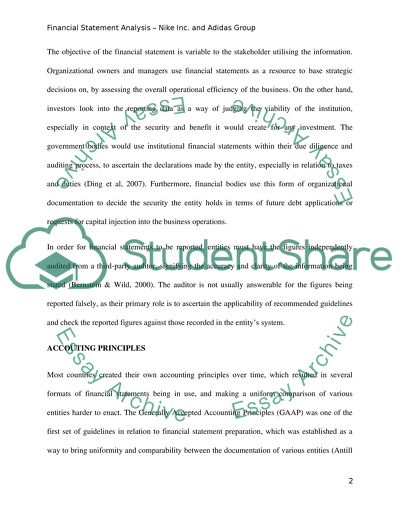Cite this document
(“IFRS (ADIDAS) VS. US GAAP( nike) Essay Example | Topics and Well Written Essays - 2250 words”, n.d.)
Retrieved from https://studentshare.org/miscellaneous/1567806-ifrs-adidas-vs-us-gaap-nike
Retrieved from https://studentshare.org/miscellaneous/1567806-ifrs-adidas-vs-us-gaap-nike
(IFRS (ADIDAS) VS. US GAAP( Nike) Essay Example | Topics and Well Written Essays - 2250 Words)
https://studentshare.org/miscellaneous/1567806-ifrs-adidas-vs-us-gaap-nike.
https://studentshare.org/miscellaneous/1567806-ifrs-adidas-vs-us-gaap-nike.
“IFRS (ADIDAS) VS. US GAAP( Nike) Essay Example | Topics and Well Written Essays - 2250 Words”, n.d. https://studentshare.org/miscellaneous/1567806-ifrs-adidas-vs-us-gaap-nike.


